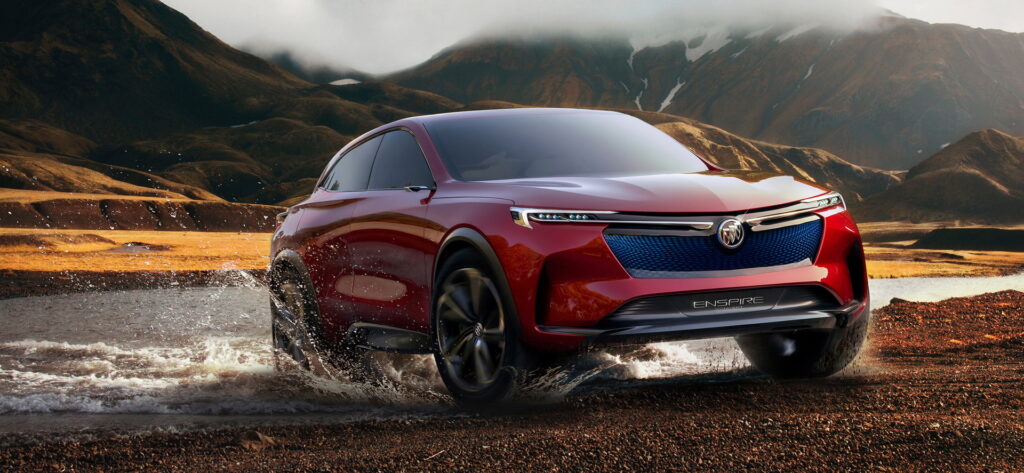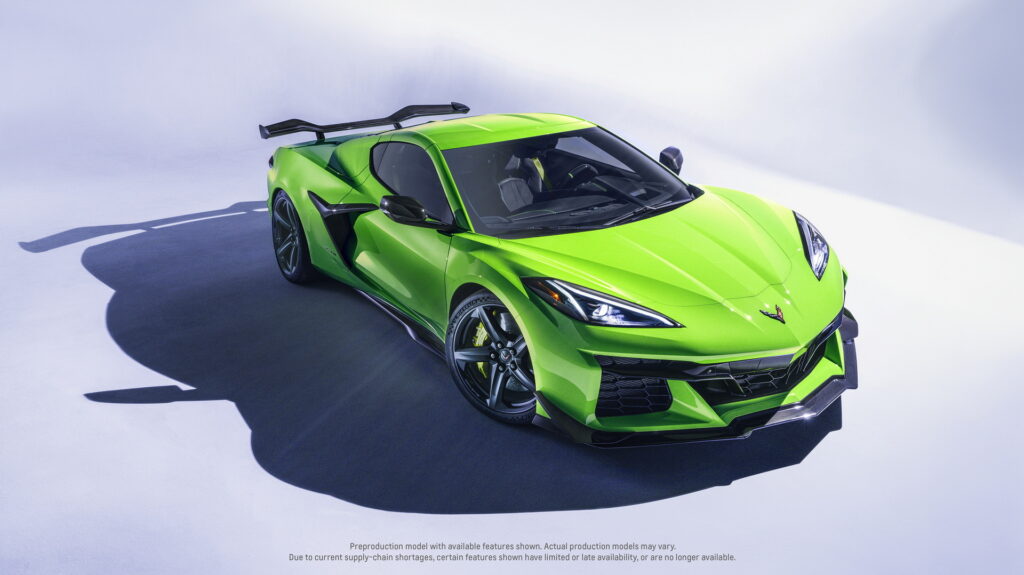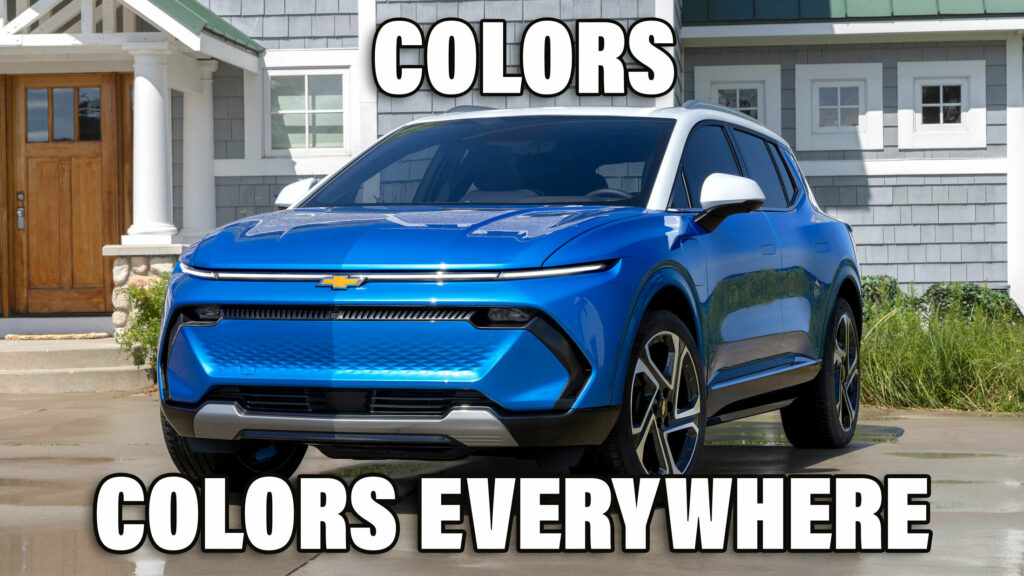Last year, the three most popular colors among new car buyers were white, black, and gray. But Jennifer Widrick, GM’s director of global color, material, and finish, says that tastes are changing, and that colorful cars are having a moment.
“Chroma [bright, vibrant color] is on the rise, and people want those opportunities where instead of a black you might opt for a blue,” Wildrick recently said in Chevrolet’s in-house publication, New Roads that was discovered by The Drive. “Certainly, red indicates sport, and we’ve seen a lot of lighter colors come into play, so the market is quite open, and that’s what is exciting about Chevrolet.”
Despite that, low-gloss and solid colors are the most popular option. Even among vehicles with a more muted palette, though, there are opportunities to add a pop of brightness thanks to a growing trend for two-tone paint schemes that vary the hue of the roof.
“The Trailblazer is an excellent example of how the available two-tone roof opens up the flexibility to really have a lot of bold color,” Widrick says.
Read: These Are The Most Popular Car Colors Nationally, As Well As By State And City

Because of how long it takes to design a car, though, Widrick says that she isn’t really focused on the current moment. Instead, she and her team have to look ahead to what will be popular in three to five years. As a result, they’re currently planning for the 2027 and 2028 model years.
That’s why concept vehicles can be a little more trendy. Since they take less time to create, the colors, materials, and finishes can be inspired by things like fashion. For production cars that take years to create, and will be on the road for years longer, designers look to the worlds of architecture and interior design for inspiration.
The amount of time it takes to plan colors is a little surprising, since materials and hues might seem like the most changeable aspects of a vehicle. Widrick says, though, that the interplay between the shape of a vehicle and the materials that adorn it is actually deeper than you might expect, and the best designs consider both.
“When the shape and material are considered upfront, that’s truly when you get really beautiful executions,” Widrick says. “There are scenarios where we’re pursuing material-led design, where there is a specific material or sustainability goal that we’d like to achieve, and we’re working with the design teams in the inception.”





